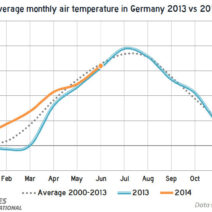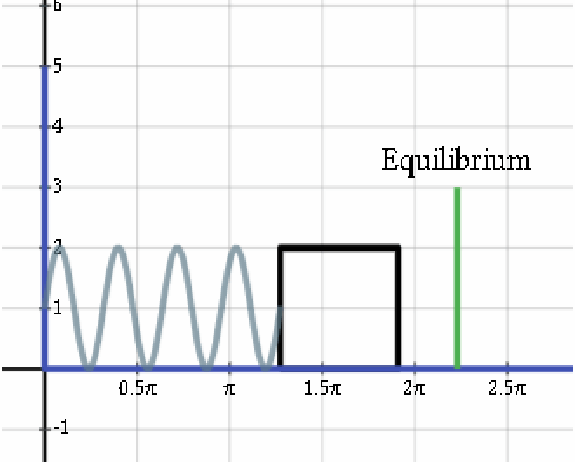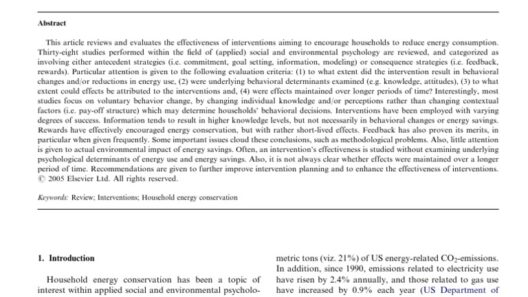The conservation of energy principle is a cornerstone of classical mechanics, reflecting an enduring truth: energy cannot be created or destroyed, only transformed from one form to another. When examining systems such as a mass-spring assembly, curiosity piques at the notion of whether this principle remains unshaken under various conditions. The mass-spring system serves as an elegant example to delve into these complexities. But is energy truly conserved in such configurations? The answer, layered with nuance, reveals a fascinating insight into the interactions of forces, energy types, and damping effects.
At the heart of the discussion lies the concept of potential and kinetic energy. When considering a mass attached to a spring, the spring exerts a restoring force that seeks to return the mass to its equilibrium position upon displacement. The gravitational potential energy stored when the mass is elevated, combined with the elastic potential energy in the spring when compressed or stretched, epitomizes energy transformations at play. Initially, when the mass is stationary at the peak of its displacement, all energy resides in the spring as elastic potential energy. The moment the mass is released, this energy begins converting into kinetic energy, manifesting as movement toward the equilibrium position.
As the system oscillates back and forth, the interplay between potential and kinetic energy becomes an allegory of energy transformation. At the lowest point of its motion, kinetic energy reaches its zenith while potential energy approaches nullity. Conversely, at the maximum points of displacement, potential energy peaks while kinetic energy is at its nadir. This cyclical exchange, governed by Hooke’s Law, symbolizes a pristine conservation of mechanical energy in an idealized scenario, devoid of external influences. The simplicity of this model captures the imagination, suggesting an eternal dance of energy conservation.
However, the idyllic representation of energy conservation falls victim to realism when one introduces factors such as external force, friction, and damping. The emergence of these variables introduces a different dynamic: energy is dissipated as thermal energy due to non-conservative forces like friction between the mass and the surface it moves on, or internal friction within the spring material itself. Such forces act as energy sinks, siphoning off mechanical energy and converting it into heat, thus challenging the notion of absolute energy conservation. The implications are profound, beckoning a reevaluation of what “conservation” truly means in practical scenarios.
Damping is a critical concept to grasp in the context of mass-spring systems. In real-world applications, all materials experience some form of damping, whether from air resistance or internal viscous forces within the spring. Damped oscillations exemplify a situation where the total mechanical energy of the system diminishes over time, contrasting sharply with the idealized version of perpetual oscillation. The resulting motion, characterized by gradual amplitude decay, manifests as an ever-slowing rhythm until the system eventually comes to rest. Energy is indeed transforming; however, one must now consider the energy dissipated as thermal energy outside the mechanical realm.
In exploring energy conservation, it is indispensable to venture into quantitative analysis. The mathematical representation provides insight into energy balance, where the total mechanical energy (E_total) of the system can be expressed as the sum of kinetic energy (K) and potential energy (U):
E_total = K + U
In an ideal, undamped system, this equation holds steady over time. Yet in a damped system, a decremental change manifests over each oscillation period, reshaping the way we perceive energy conservation. The work-energy principle asserts that the work done by non-conservative forces equals the change in total mechanical energy. This relationship offers a more comprehensive view of how energy dynamics function in reality.
Considering real-life applications of mass-spring systems accentuates the importance of understanding energy conservation, or lack thereof, in practical engineering. From designing shock absorbers in vehicles to analyzing building sway during seismic events, engineers lean on the behavior of mass-spring dynamics. These designs inherently account for energy dissipation, ensuring safety and functionality in applications that depend on the predictable behavior of oscillating systems.
Moreover, the implications of energy conservation resonate in broader environmental contexts. The quest for efficiency across all physical systems underscores the necessity of minimizing energy losses. In crafting sustainable technologies, acknowledging the limits imposed by real-world forces could herald a new paradigm in renewable energy systems, particularly in mechanical systems reliant on oscillatory motion, like oscillating water column devices or advanced energy harvesting technologies.
Ultimately, the question remains: is energy always conserved in a mass-spring system? The answer is nuanced. In ideal conditions, mechanical energy oscillates steadfastly between potential and kinetic forms, reflecting conservation in a pristine world. However, introducing realistic constraints leads to a paradigm where energy may dissipate as thermal losses, veering away from the initial premise. This realization fosters a more profound understanding of energy dynamics, encouraging an innovative mindset to maximize effectiveness in both everyday systems and advanced technologies.
As society confronts the challenges of energy consumption and conservation, appreciating the complexities of simple models like the mass-spring system is crucial. This knowledge not only facilitates better engineering practices but also instills a sense of responsibility in energy stewardship. By comprehending how energy transformations manifest, the potential for innovative solutions arises, promising a transformative shift in our approach to energy conservation.








